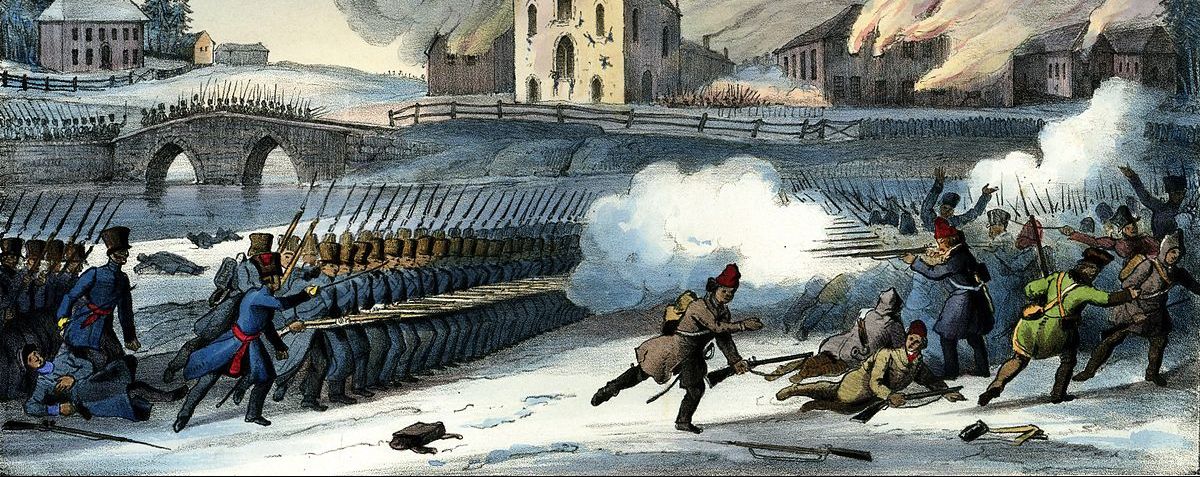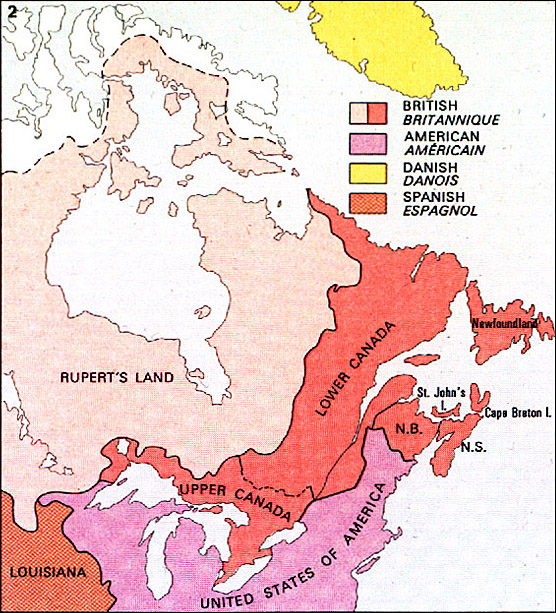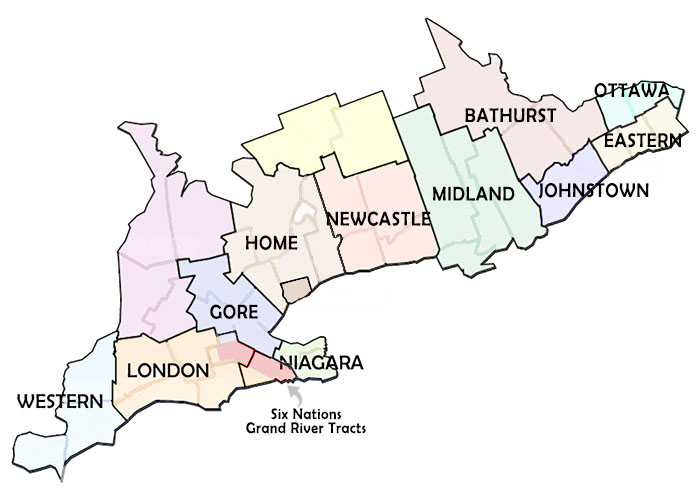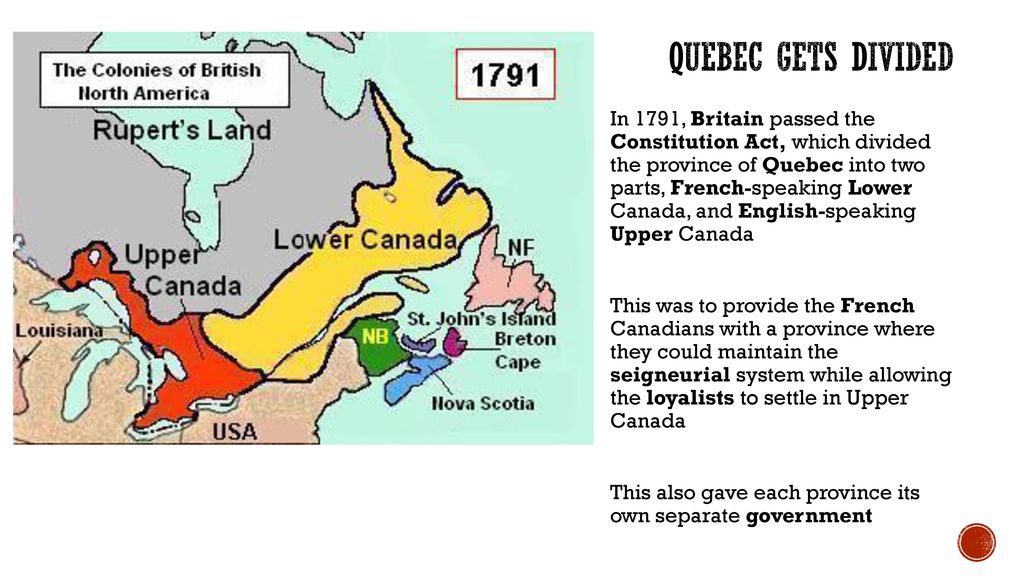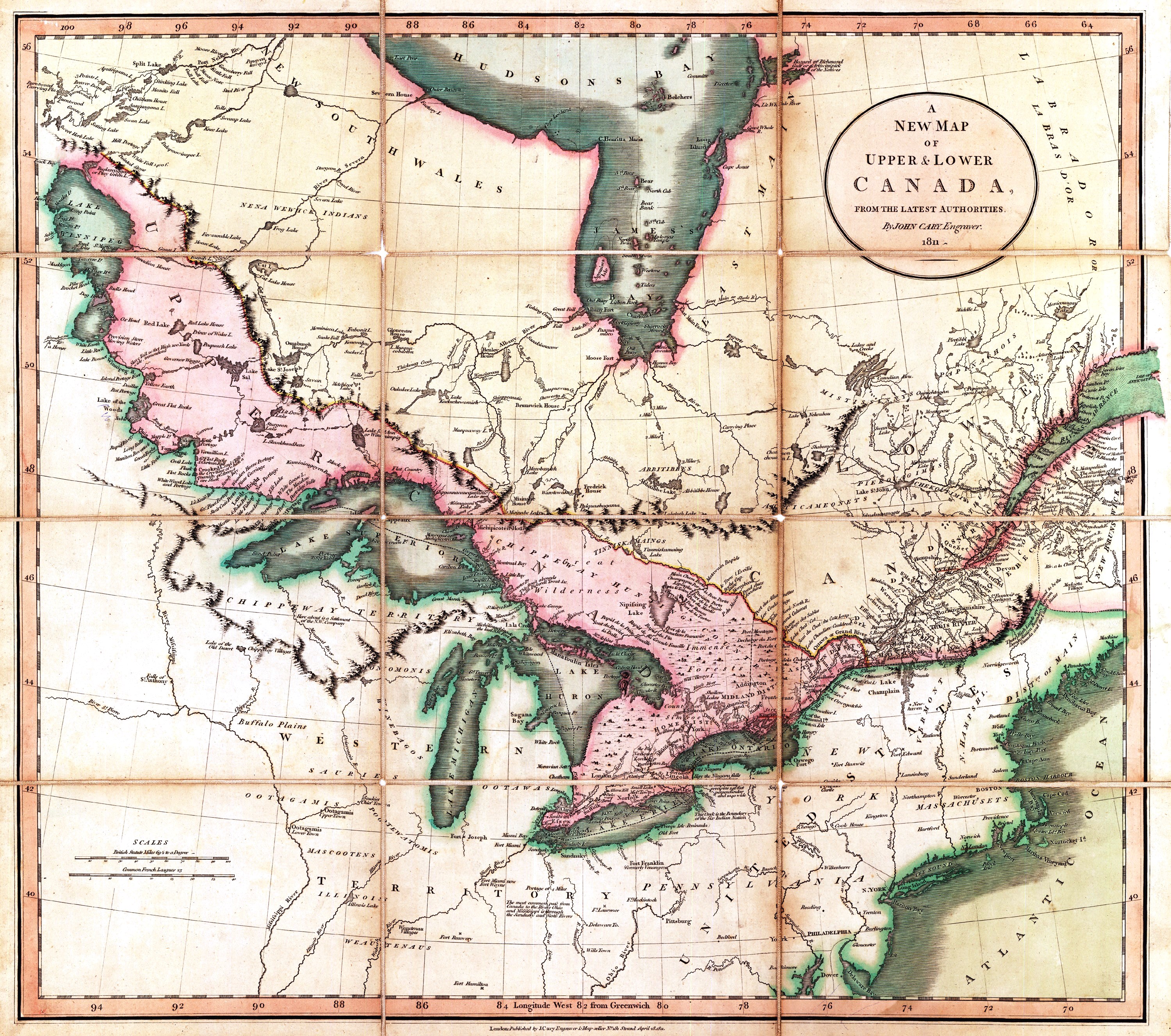Upper and Lower Canada were two British colonies in present-day Canada that were created in 1791 and were united in 1841 to form the Province of Canada. These two colonies had a complicated and tumultuous history, which was shaped by a number of political, economic, and social factors.
Upper Canada, also known as Ontario, was located in the Great Lakes region and was primarily settled by Loyalists who had fled the United States during the American Revolutionary War. Lower Canada, also known as Quebec, was located along the St. Lawrence River and was primarily settled by French Canadians.
One of the main issues that led to the creation of Upper and Lower Canada was the need to accommodate the diverse groups of people who had settled in the region. The Loyalists who had settled in Upper Canada were largely English-speaking and Protestant, while the French Canadians in Lower Canada were predominantly Roman Catholic and spoke French as their primary language. To address these differences, the British government established two separate colonies with their own governments and legal systems.
Another factor that contributed to the creation of Upper and Lower Canada was the desire to maintain control over the region and to prevent the spread of American republicanism. The British government was concerned that the American Revolution would spread to Canada and sought to establish a strong presence in the region to prevent this from happening.
Despite these efforts, tensions between the two colonies persisted throughout their history. One of the main sources of conflict was the fact that the two colonies had different economic systems and interests. Upper Canada was largely agricultural and relied on exports to Britain, while Lower Canada was more industrialized and relied on trade with the United States. This led to a number of disputes over trade and economic policy.
In addition to these economic tensions, there were also cultural and political differences between the two colonies. Upper Canada was largely controlled by a small group of wealthy and influential landowners, while Lower Canada was more democratic and had a larger middle class. This led to a number of political disputes, including the Rebellion of 1837, which was a series of armed uprisings in both Upper and Lower Canada against the British colonial government.
In 1841, the two colonies were united to form the Province of Canada, which was intended to address some of the tensions between Upper and Lower Canada. However, the unification did not completely resolve these issues, and the Province of Canada faced a number of challenges, including political instability, economic difficulties, and cultural conflicts.
Overall, the history of Upper and Lower Canada was marked by a number of complex and interconnected factors that shaped the development of the region. While these two colonies had many differences, they were also linked by a shared history and a common destiny, which ultimately led to their unification as the Province of Canada.



